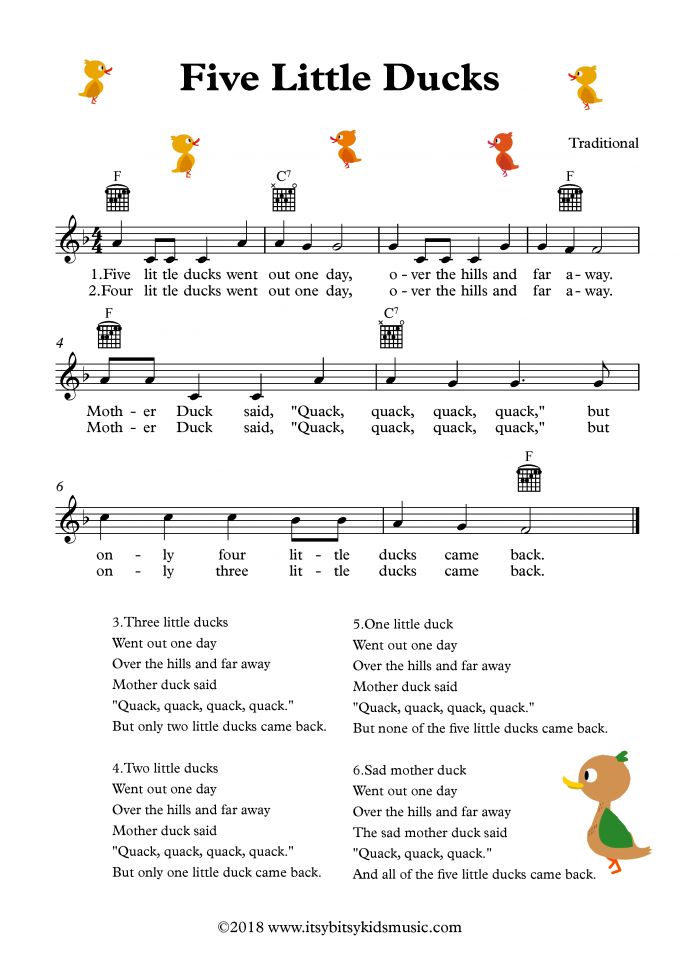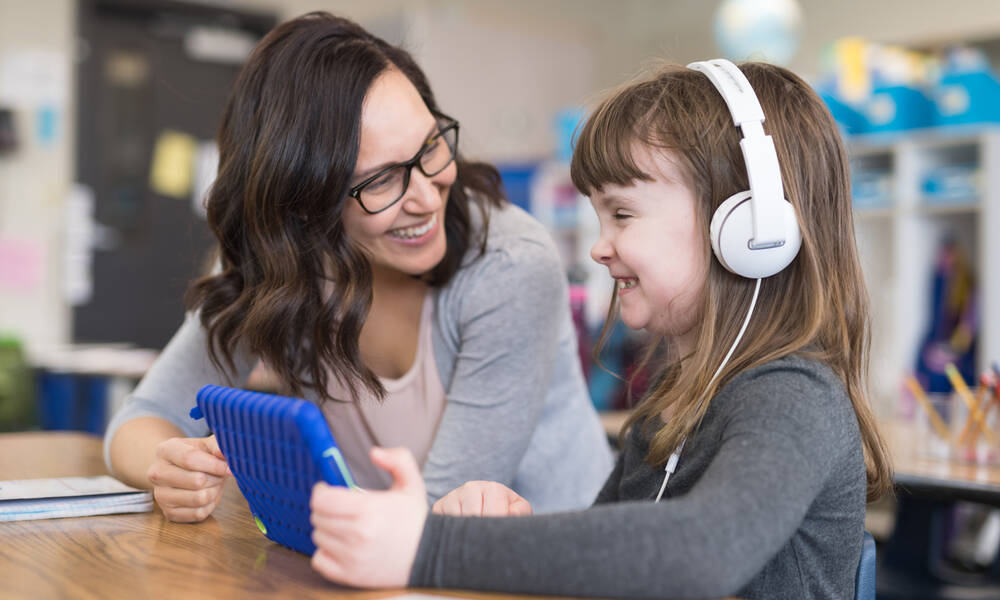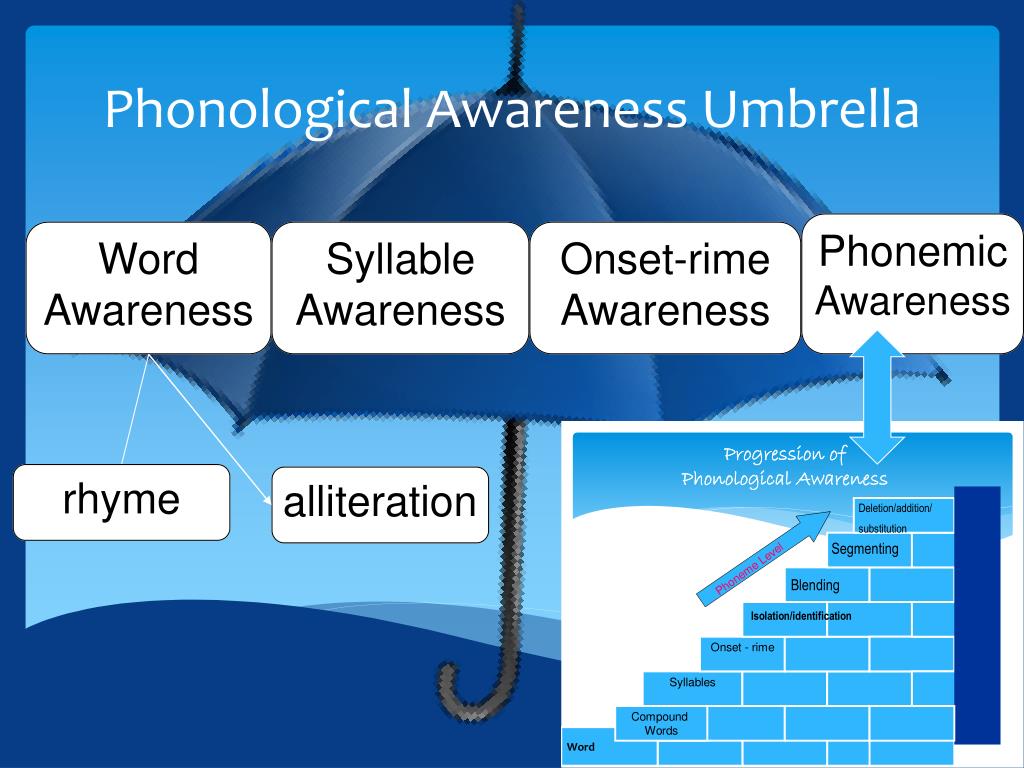Helping kids spell
11 Research-Based Spelling Strategies Parents Can Try at Home
Preface: In this article, you will find a variety of fun and engaging ways to implement research-based spelling strategies such as:
- teaching phonemic awareness, (a strategy to help students understand letter-sound correspondence and the individual parts that make up words)
- teaching morphological awareness (understanding/recognizing similar chunks in words, word families, and word parts)
- utilizing the whole-word approach (memorizing the spelling of a word without needing to understand the individual parts that make up the word)
- utilizing the rule-based strategy (teaching explicit spelling rules)
- implementing multi-modal teaching, which allows students to learn information through a variety of modes (e.g., seeing, feeling, hearing, creating)
Keep in mind that the strategies in this article are recommendations. Please do not try to pressure a child into using all or any of these strategies. This can lead to frustration which can turn your child off to spelling practice.
Every child is different and you have to examine their level and frustration tolerance when imposing academic tasks. For suggestions on ways to encourage children to complete tasks or assignments they do not want to do, see 3 Ways to Use Timers to Motivate Children and How to Use Schedules to Improve Children’s Behavior.
Common Spelling Mistakes
- Using the wrong consonant (e.g., spelling cat as kat)
- Using the wrong vowel (e.g., spelling seat as seet)
- Leaving out consonants (e.g., spelling kicking as kiking)
- Leaving out a vowel (e.g., spelling plain as plan)
- Writing only one consonant, when a consonant should be doubled (e.g, spelling butter as buter)
- Leaving in an “e” that should be dropped (e.g., spelling riding as rideing)
- Reversing letters (e.
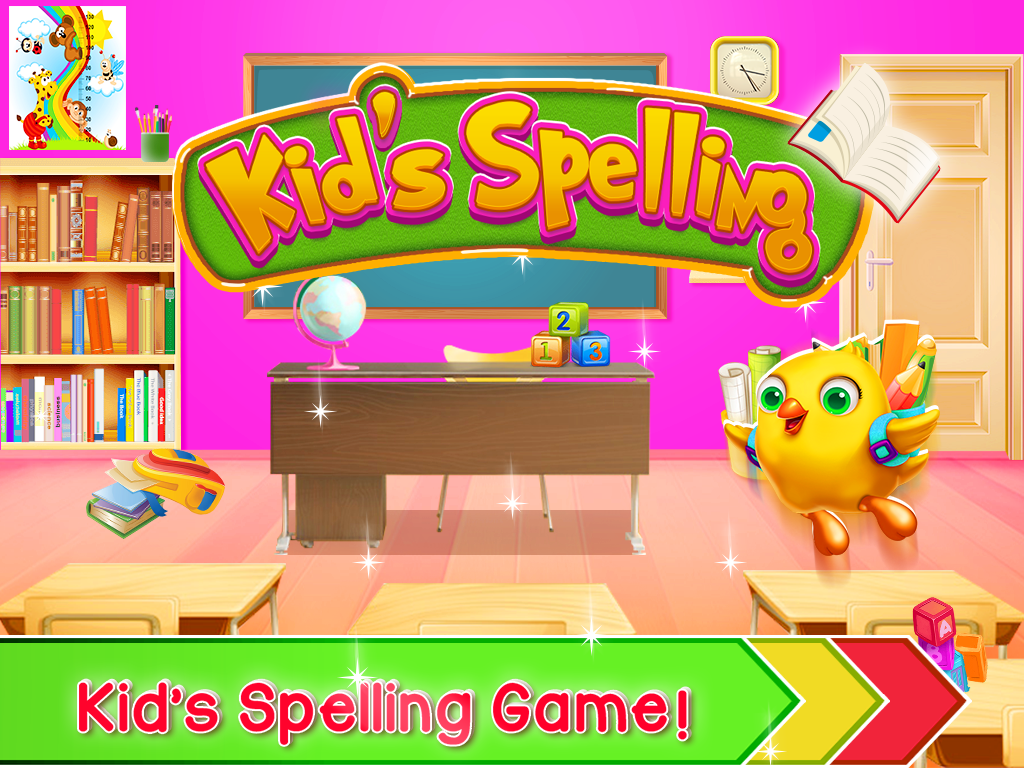 g., spelling foil as fiol)
g., spelling foil as fiol) - Leaving out the ”silent e” (e.g., spelling kite as kit)
- Using ys instead of ies (e.g., cherrys instead of cherries)
- Spelling words phonetically when a specific suffix should be used instead (e.g., spelling vacation as vacashin)
- Using an “s” instead of a “c” or a “c” instead of an “s” (e.g., absense instead of absence or offence instead of offense)
- Forgetting rules like “i before e except after c” (e.g., spelling receive as recieve)
While the errors above are the ones I have observed most frequently in my career as a school psychologist, there are many other types of spelling errors a person can make.
11 Research-Based Spelling Strategies
1) Practice phonemic awareness.
Phonemic awareness is hearing individual sounds in words, and letter sounds.
Let your child hear what it sounds like to break words up into their individual sounds.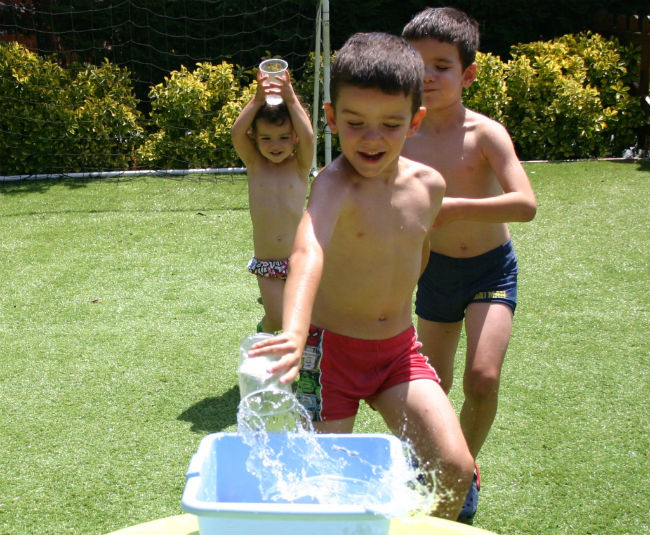 Show them what happens when you change a sound. For example, say the sounds in pig separately (p-i-g), then say the word. Then say the sounds in big (b-i-g) and say the word.
Show them what happens when you change a sound. For example, say the sounds in pig separately (p-i-g), then say the word. Then say the sounds in big (b-i-g) and say the word.
Put it on paper so they can see the change. Talk about which sounds are different and which sounds are the same. Have your child practice breaking words apart and blending them together.
For more strategies to teach your child or students phonemic awareness and letter sounds, see 10 Fun Activities to Teach Your Child Letter Sounds and How to Teach Phonemic Awareness.
2) Allow beginners to spell phonetically.
When first learning to spell, allow children to spell words exactly as they hear them. Teach them to say each sound in a word and write down the letter or letters that represent each sound, until they have spelled the word.
For example, they might spell lemon
as l-e-m-i-n. Then review the word with them and talk about which letters they can change to make the word correct (help them figure out the correct replacement letters if needed).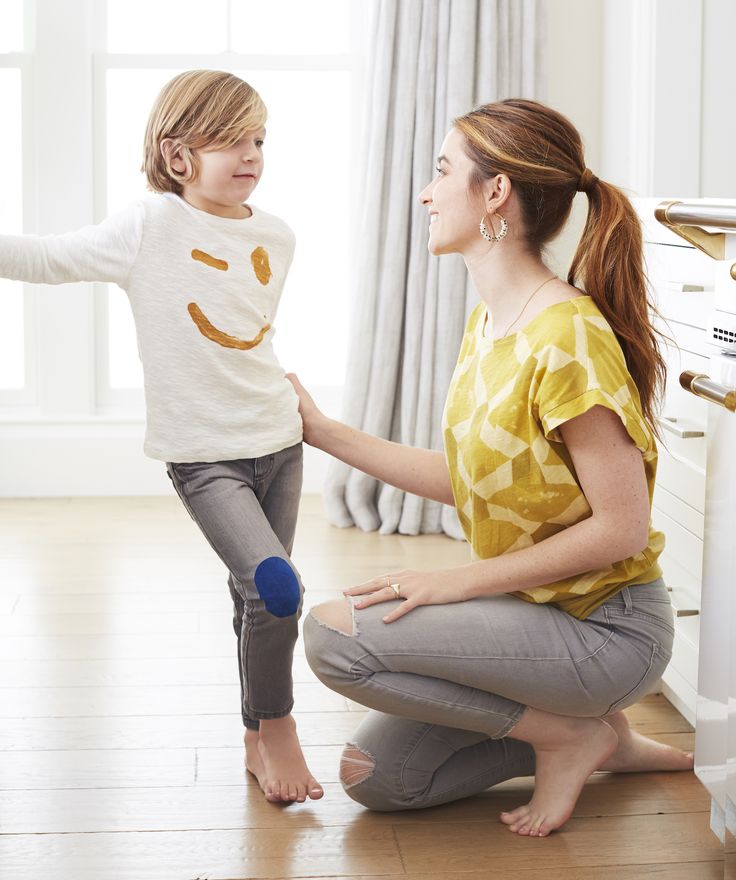
You can practice this several times with different words. Let them rewrite the word the correct way and compare the changes.
For children who have trouble writing, allow them to use magnhttps://amzn.to/3b6LZLOetic letters to create the word, such as the ones below, or allow them to type on the computer if they are able to do so.
Magnetic LettersThey can also create the letters/words out of Play-Doh or Wikki Stix as shown below.
3) Teach children to notice chunks in words.
Chunks are more than one letter together that normally make the same sound (e.g., ch, sh, br, ple, all, ate, at).
Have your child practice writing several words that use the same chunks to establish a sense of word families (groups of words that have a common feature or pattern).
For a fun and effective way to teach sound chunks and spelling, let your children or students practice with the game Didax Chunks: The Incredible Word Building Game.
Great Interactive Spelling Games
4) Practice rhyming words.

Teach children about rhyming words and provide them with several examples. After teaching them how to rhyme, give them a word and ask them to come up with rhyming words.
Once they have the hang of it, encourage them to tell you a word and list several words that rhyme with it. Encourage them to write rhyming words down as well.
Allow them to start with a common word pattern such as “all.” Show them how adding a letter in front of “all” and changing that letter produces a list of several rhyming words (e.g., e.g. all, ball, call, fall, hall, mall, tall, wall).
Again, for children who have trouble writing, try typing, magnetic letters, or creating the words from Playdoh or Wikki Stix.
The strategies below are for students who have gotten the hang of phonetic spelling and are ready to or struggling to move to the next level; or for students who are struggling with phonetic spelling and may do better with memorization or rules.
5) Learn spelling rules.

See a list of some common spelling rules below (also known as rule-based strategies).
- Short -Vowel Rule: When a one-syllable word has a vowel in the middle it is usually a short-vowel sound (e.g., hat, set, pit , lot, nut)
- Doubling Consonants: If f, l, or s comes after a vowel, the letter is often doubled (e.g., stuff, call, grass)
- Two-Vowels Together: If two vowels are together, the first vowel usually says its name and the second vowel is not heard (e.g. seat, rain, tie)
- Silent e: When a short word has a vowel, a consonant, and then an “e” or a longer word has that same pattern in the last syllable, the first vowel is usually long and the e is silent (e.g., cake, kite, vote, mute, meditate, debate)
- y as a long i: When the letter y comes at the end of a short word with no other vowel in the word, it makes a long i sound (e.
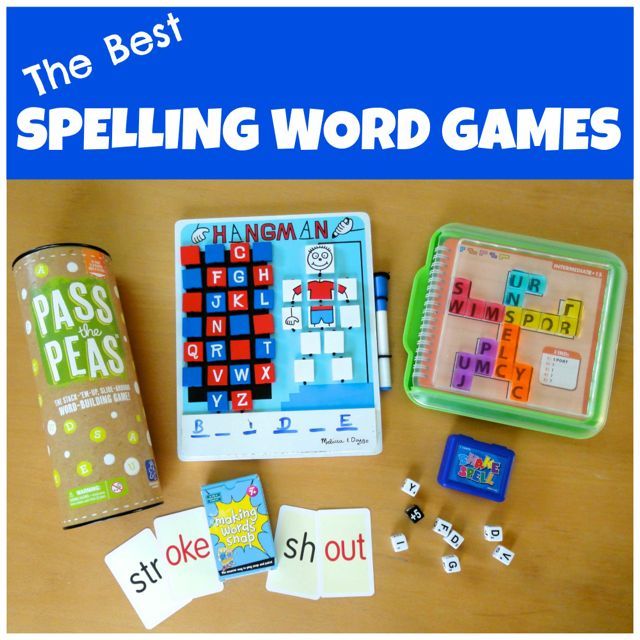 g., dry, cry, sty, pry)
g., dry, cry, sty, pry) - y as a long e: When a word has two syllables and the second syllable is composed of only a y or an ey, the y makes a long e sound. (e.g., honey, money, bunny, sunny)
- I before E: The rule is “i before e except after c (e.g., receive, receipt, deceive, conceive) or when sounding like ‘a’ as in neighbor or weigh.”
- Words with “ch”: Use “ch” at the beginning of words (e.g. chair, cheese, chin) and “tch” at the end (e.g., watch, witch, patch)
These are only some of the rules in spelling. You can do a Google Search for common spelling rules to learn more.
Please remember there are always exceptions to spelling rules, meaning that these rules will not apply to every word in the English language.
It can also be difficult and cumbersome to remember these rules. Strategies for remembering common spelling rules include the following:
- keep the rules in a place where the child/student can easily refer to them when spelling, such as in his desk or in his notebook
- discuss the rules when reviewing spelling errors with the child (for instance, if you and your child are editing his work and you see he spelled catch as cach, give him a gentle reminder “remember it is “ch” at the beginning of words and “tch” at the end” or have him read and say the rule out loud)
- after reviewing the rule, have him rewrite the word he misspelled
- make flashcards of the rules (you can do this on index cards), with the name of the rule on the front and the definition on the back as shown here.
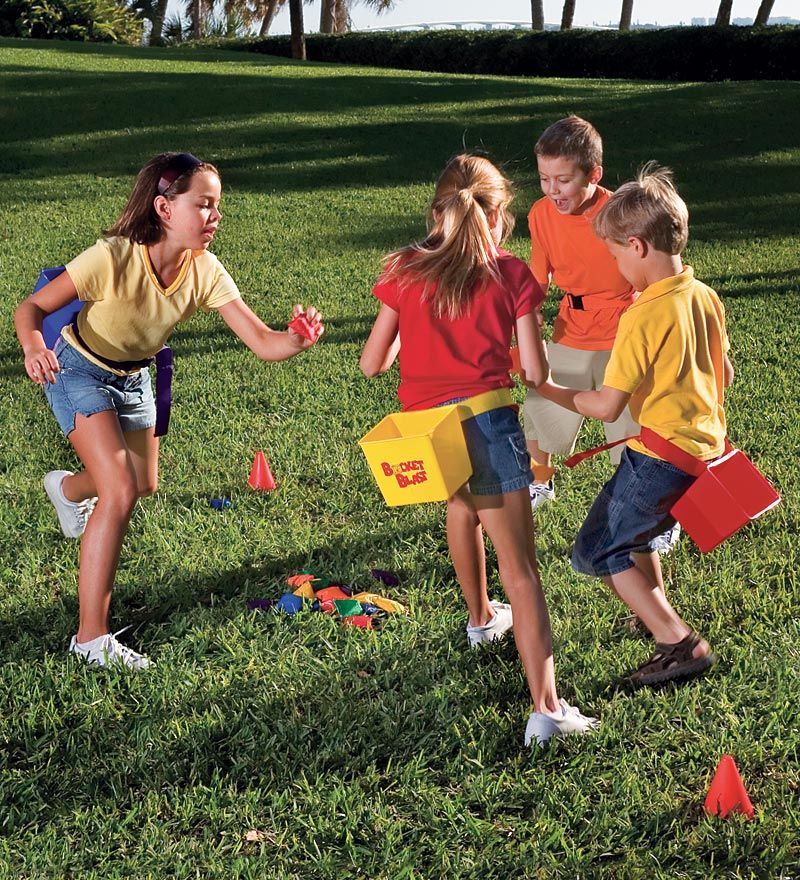
After creating the flashcards, make a game out of it, to make it more fun for the child. For example, take turns (first you show the front of a flashcard and have your child state the rule. Then have him show a flashcard and you state the rule)
6) Teach children to use an online dictionary.
Use a site like dictionary.com. There your child can type in the word he is unsure of in the search box. If he spells the word wrong, but the spelling is somewhat close, the site will ask “Did you mean _________?”
For example, if you spell “vacashin” in the search box, a question on the bottom of the screen pops up that says “Did you mean vacation?”
7) Teach children to edit their work and use repetition.
Encourage children to review their work carefully and rewrite a word five to ten times when they find a misspelling (ten times is recommended but this may be too much for some children).
It is much easier to notice spelling errors when rereading work, than to notice them the first time around when the mistake is made.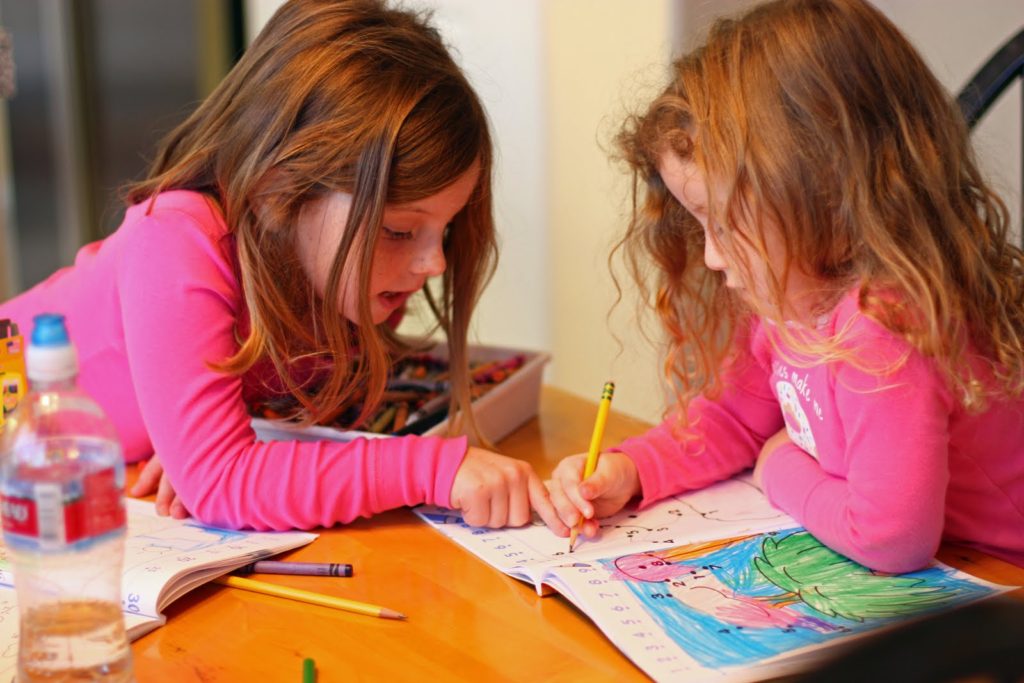
Many times spelling errors get ingrained in one’s memory after repeating the same mistake several times. Writing the word several times in a row helps to retrain the child’s memory.
You can try to make repetition more fun by turning it into a game. To do this, take turns with the child. (e.g., have him write the first word 10 times while you watch, then you write the next word 10 times while he watches – or any other turn-taking variation).
Some children are more willing to complete this type of task when they can see a visual of how many times they are expected to write the word. For instance, number the paper 1 to 10. “After you write your words, you can pick a game to play!”
8) Show how different sounds can be represented different ways.
For example, the /k/ sound can be represented with a c as in cat, a k as in kangaroo, a ck as in kick, or a ch as in school.
9) Teach children how to test their spelling.
Create spelling lists or spelling flashcards on index cards.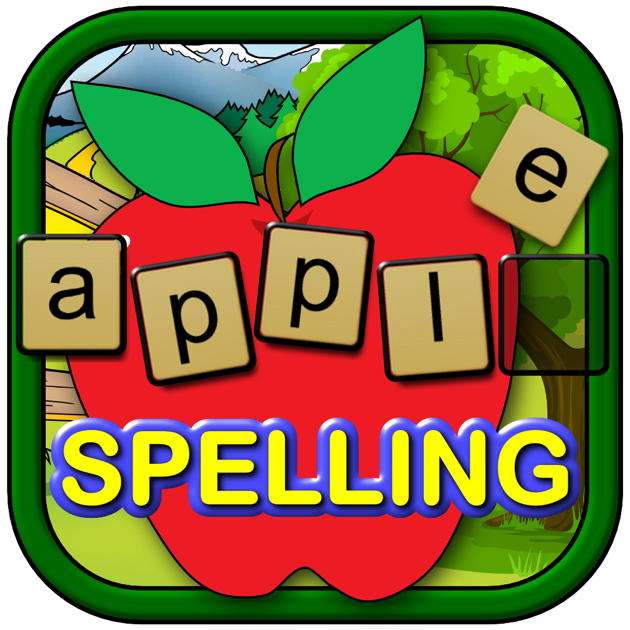 You can create them for your child, with your child, or encourage your child to create them himself.
You can create them for your child, with your child, or encourage your child to create them himself.
You can also purchase spelling flashcards or search for free spelling lists on the internet such as the ones at VocabularySpellingCity.com.
Teach Your Child To Test Their Spelling Using These Four Steps:
1. Look at the word and pay attention to the spelling and what the word looks like
2. Cover up the word with his hand or turn the flashcard around.
3. Visualize the word in his mind, and then spell the word aloud, in his mind, or on paper
4. Check the flashcard or list to ensure his spelling was correct. You can show your child an example of how to do this and then let him practice on his own.
10) Allow children to replace and change letters.
You can use a dry erase board or chalkboard.
For an activity, try writing a word but leaving some letters blank (have your child fill in the missing letters-providing them with guidance as needed).
For example, for the word table you could write (t a b _ e) and have him/her try to fill in the missing letter.
As your child improves, you can make it more challenging. If your child has trouble thinking of the missing letter, try giving a choice of three letters to choose from.
As an alternative to a dry erase or chalkboard, you can put sand in a sand tray (you can place the sand in a shallow baking pan for a tray). See an example of writing in sand below.
or in shaving cream or whip cream (as shown below)
Just like with a dry erase or chalkboard, this will allow students to write and rewrite words, make corrections, replace letters, fill in missing letters, etc.
11) Use a tablet or device.
There are several spelling apps that allow children to have fun while learning to spell or improve their spelling skills.
Also, some children who are resistant to traditional writing are sometimes willing to write on a tablet. They can write with their finger or with a Stylus such as the one shown below.
If pen/pencil grip is a concern, see How to Help Your Child with Handwriting and Pencil Grip.
Additional Tips to Improve Spelling:
Read with your child and encourage your child to read as much as possible.
When you come across a word with a certain pattern or rule, you can point out the word to your child/students and reiterate the rule.
For example, if you see the word vacation you can remind your child that many words that end with a “shin” sound are spelled with the suffix “tion” such as creation, medication, or fiction.
If you see the word “cat” you can remind your child that several three-letter words end with “at” such as bat, hat, and, mat. Teach your child to try to pay attention to these types of patterns when reading.
Use spelling workbooks
Keep in mind that every child is different.
Some respond to several strategies, others respond to a few, while others may not respond to any of these strategies.
If your child is significantly struggling with spelling or acquiring other academic skills, despite consistent practice and guidance, talk to your child’s school and/or doctor.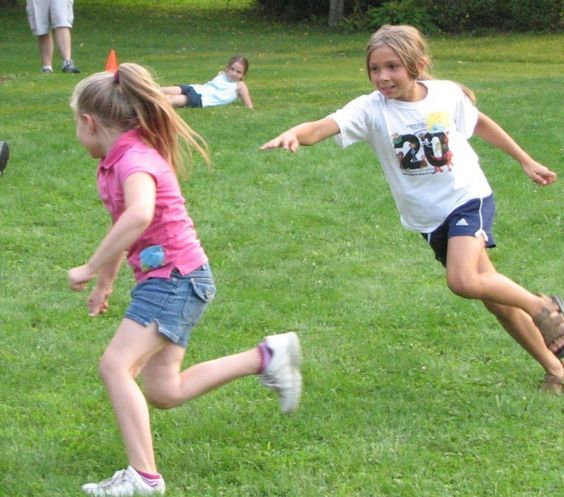
They should be able to refer you to the appropriate professionals to determine what might be interfering with your child’s progress and what additional strategies might help.
Remember to always stay calm when working with a child or student, even if you think they should be getting something that they are not getting.
If you get frustrated with them, they may start to feel anxious, angry, inferior, stupid, etc. which will lead to a less productive learning session.
Keep practice sessions short (5 to 10 minutes for younger children or children who get easily frustrated and 10 to 15 minutes for older children or children who can work for longer periods without frustration), unless the child is eager to keep going.
It would really make my day if you could comment below after trying some of these strategies with a child or student. I would love to hear if you enjoyed doing the activity together and what you found most helpful.
An image of you and/or your child or student(s) completing some of these activities together would be a beautiful addition to the site so feel free to share pictures or videos if you are comfortable.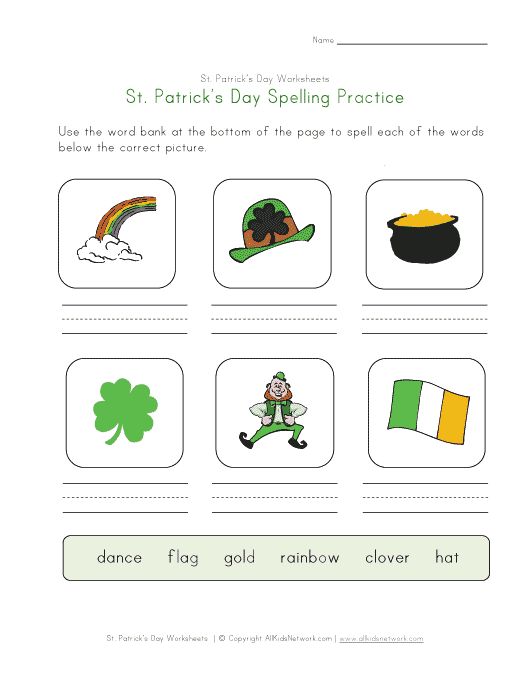
For questions contact [email protected].
You Might Also Like: How to Study Spelling Words: A Spelling Strategy for Students by Reading Rockets
Video Presentation (musical/illustrated)
Narrated Video Presentation
Education and Behavior – Keeping Us on the Same Page for Children
Does Your Child Struggle With Spelling? Try This Spelling Help For Kids
Children who fall behind classmates in spelling, who forget words easily, or who mix up letters when writing, are children who need special, loving, considerate attention regularly at home to help them overcome their unique learning problems. Forcing an activity on them or making it over-demanding only serves to intensify the child’s negative feelings about it. Here are some suggestions other parents have successfully used to help their children in these areas.
Forcing an activity on them or making it over-demanding only serves to intensify the child’s negative feelings about it. Here are some suggestions other parents have successfully used to help their children in these areas.
RELATED: Download Our Free Homework Charts!
Develop auditory and vocal skills. Good spellers are usually good readers and good speakers and vice versa. Using the school or local library helps your child develop some of these skills. Restrict the amount of TV he watches. Your child cannot talk back to a television set. Children need to use the language they will be writing. Give your child the opportunity to talk with you.
Experience stories. Let your child write about the things he likes. He can illustrate the stones himself or cut pictures from magazines to illustrate them. Let him write the words without assistance unless he asks for help. Misspelled words can then be used in little games you play with your child.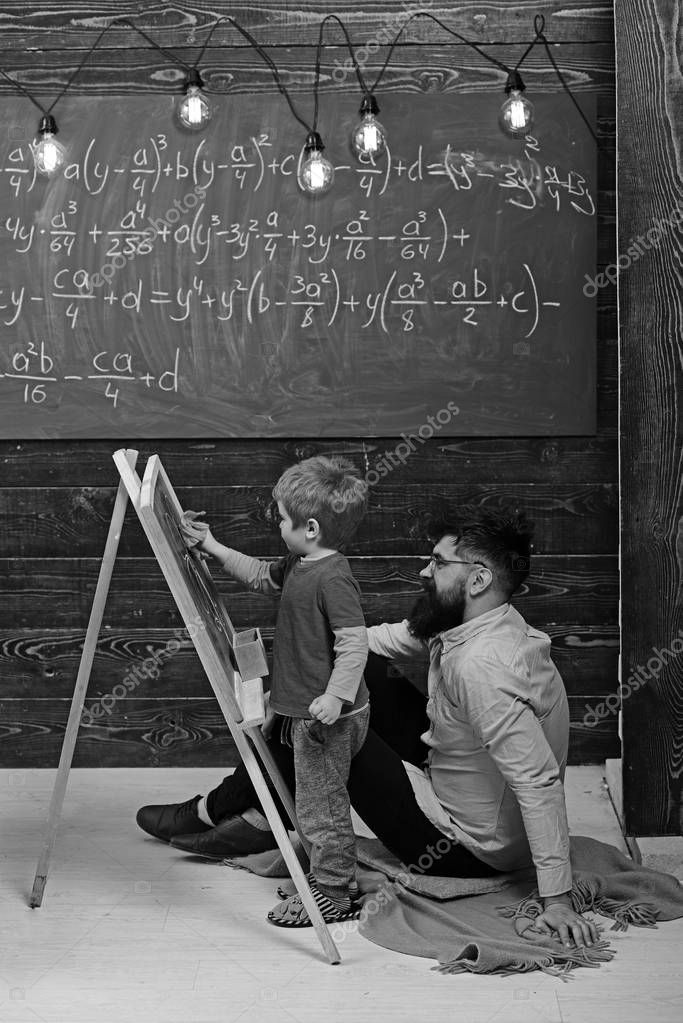 A one-line “story” may be all that he can handle. If so, fine.
A one-line “story” may be all that he can handle. If so, fine.
Write letters. Corresponding with a friend or relative-or a simple statement at the bottom of a letter you write to someone your child knows-offers him opportunities to spell.
Trace words. This activity helps many children. Have your child sit next to you (or, if young, sit on your lap). Sit so that you can guide his writing hand. Make sure that only his index and middle fingers are extended, and that his eyes are closed. If your child is using manuscript, use that form. Take his hand and print (or write) the word that is confusing to him.
Finger paints are messy, but ever so helpful. Use oilcloth and a large table. Have your child roll up his sleeves and wear an old apron. Let him use both hands to write letters and words, It is a marvelous activity. Just gating the feel of large movements may be sufficient without introducing formal spelling to the activity.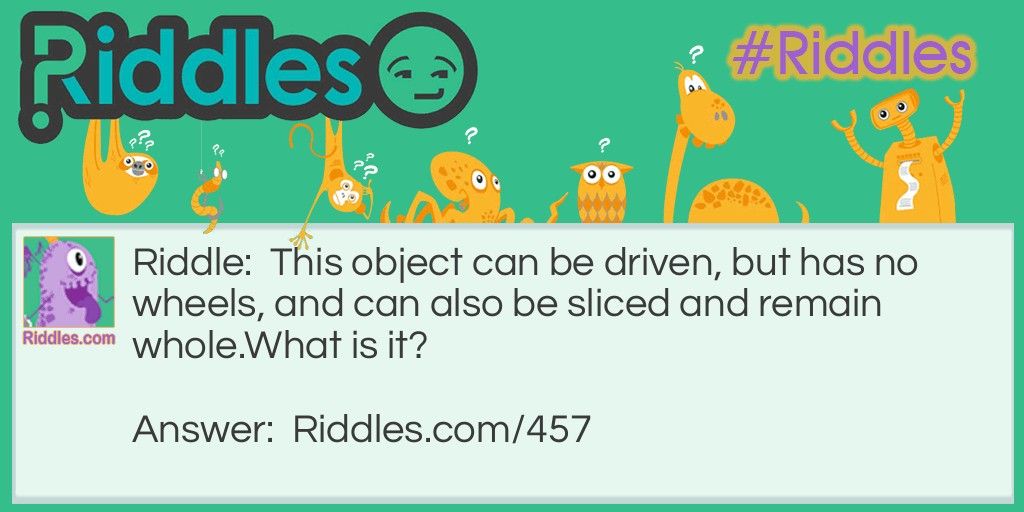
All kids love codes, so why not encourage your child to decode messages diet you leave for him? Let him make up his own codes for you. You make up one but make sure he has a way to decode it.
If your child is working on a class spelling list and can only remember half of the words, speak to his teacher. Teachers are more than delighted to hear how their students respond to homework. Perhaps the list can be reduced so that your child has fewer words and can learn these more efficiently and comfortably.
Don’t tackle an entire spelling bar in one sitting. Take one-third for example, each evening, to work on with your child. Break the practice into small units. Try fifteen minutes of review when he gets home; fifteen minutes before supper; fifteen minutes after supper. Shorter periods given frequently are more effective than one massive review-which is also exhausting and frustrating.
Sometimes words on a spelling list can be “clustered” into similarities. For example, you might try attempting all of the five-letter words one day, all the words beginning with consonants the next day, all the words beginning with blends the next day. This kind of grouping will help your child to perceive similarities and differences in the words, and, hence, develop his recall.
This kind of grouping will help your child to perceive similarities and differences in the words, and, hence, develop his recall.
An old trick that really works is to have your child practice. Write each of his words, and then draw with a black crayon around each word. Then he can lightly color the shape of the word. This is known as “studying the shape” (or configuration). Just make sure your child uses straight, not curved, lines when he outlines the word.
Before your child starts to silently study his list for that day, let him pronounce each word. Children must know how to properly pronounce a word before they attempt to spell it, If their pronunciation is not correct, they will indeed spell it as they would pronounce it in their own way. (Also make sure they know what the word means and can use it or understand it when they hear it.)
To start studying, a child should look at the word, pronounce it, spell it orally as he looks at it, cover it with his hand, and then attempt to spell it or, as he traces it on your kitchen table, letter by letter.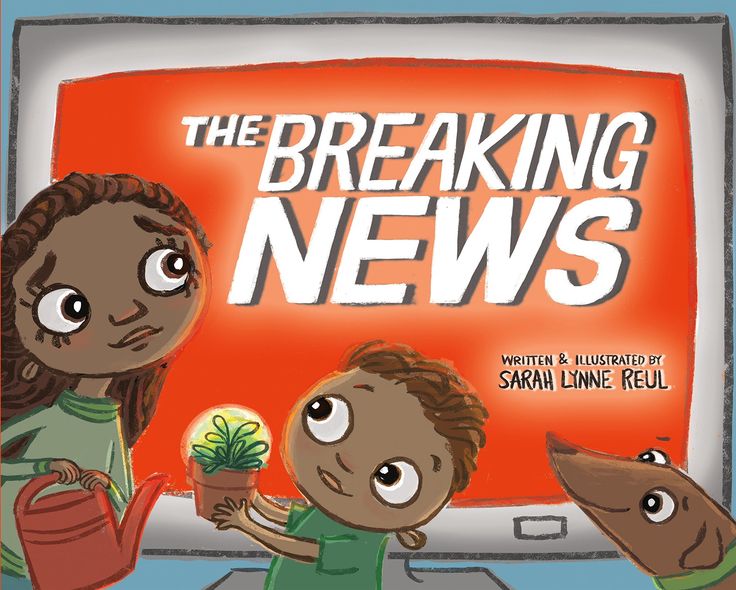
After your child has studied, let’s say five words, in the manner described, spell the words to him, in random order, and have him name the word you spelled.
Invest in a set of plastic magnetic letters that are available at many discount, toy, and variety stores. Let your child spell the word by successively placing the magnetic letters on the magnetic board. You can show him the word, then remove it Have him name each letter as he locates it and places it on the board. This is good for developing the correct order for letters within the words.
Word lists. These can be made using paper available in the house. Print or write the words being studied. Post one copy of the list on die refrigerator, another on the door to your child’s room, and another in the bathroom. Maybe another can go over the TV set. Use a different color crayon for each word-or use a different color for parts of each word regularly confusing your child. For example, if he continues to write “come” as “cum,” use black for the “c” and I’m” but red for the “o” and “e”.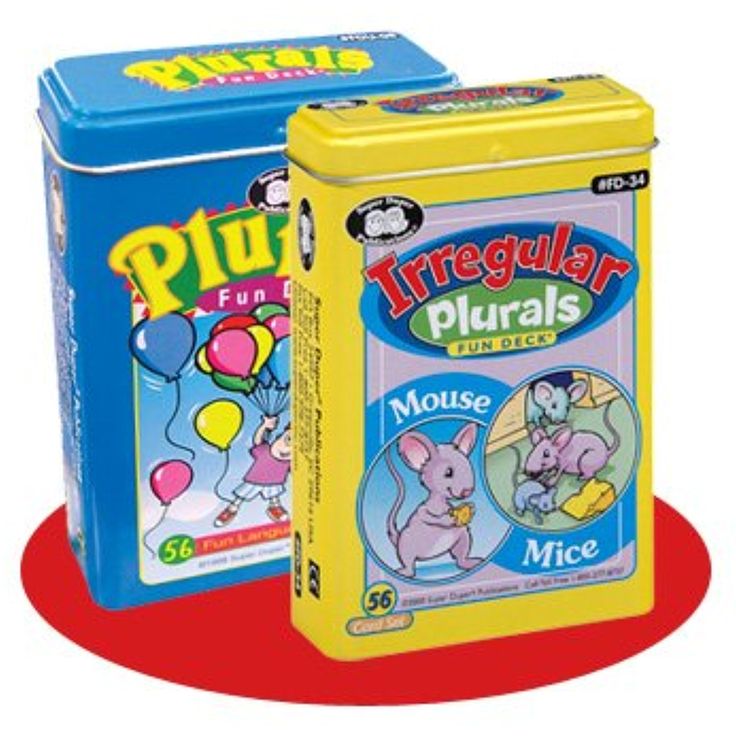
Put movement into learning words. Have your child clap for each letter or take a step for each letter as he spells the word orally. This will help ” lock in” the correct sequence of letters, as well as develop full recall for the word.
Let your child play teacher. Let him teach you the words he is learning to spell. Spell them orally to him. Let him correct you. Then have him dictate to you and you write them. Have him score your paper. Make a game of it. He’ll know you really know how to spell them, so veil him it’s a game.
Commercial dice with letters rather than numbers. Take turns with your child in tossing them and building words. List the words as they are made. The list can be saved and added to each time you play. That way be can develop a “reference fist” to use over and over spin to reinforce his recall.
Listening skills do help spelling. “What letter does ‘chart, end with?” What letter does ‘piano’ begin with?” Play these games just for a few moments before supper, or after breakfast to develop your child’s ability to hear sounds in words.
RELATED: Download Our Free Homework Charts!
Rhyming words is another game that can build spelling skills. “Can you think of a word that rhymes with fill?” As your child says hill, Bill, till, and so on, write them down. He’ll soon notice, himself, that they have identical endings.
Remembering. This is a game to develop visual memory. Write one word on a piece of paper. Leave space underneath it. Tell your child to look at it as long as he wants, that is, until he can remember the letters, then have him fold the paper so that he cannot see the word. He is then to try to write the word from memory. Let him check it himself, and if he has misspelled, try again.
Practice in spelling can come in a variety of ways. For example, you might ask him to help you make a grocery list by looking at the advertisement for a local supermarket You could check the items you want to purchase, and you could ask him to make a list to help you out.
Find the wrong word. Write a short sentence for your child. Tell him that there is one word spelled incorrectly. Ask him to see if he can find it. To begin, make it a rather obviously misspelled word. Leave a letter out, or add an extra letter to a word. Ask him to first read the sentence, then to circle the misspelled word. Then make sure you erase it and write it correctly.
Tell him that there is one word spelled incorrectly. Ask him to see if he can find it. To begin, make it a rather obviously misspelled word. Leave a letter out, or add an extra letter to a word. Ask him to first read the sentence, then to circle the misspelled word. Then make sure you erase it and write it correctly.
Helping your child at home with spelling requires patience and a non-school-like setting. Don’t try to be a teacher. Be a parent who teaches. Your child wants to please you-he wants your honest, sincere praise. Keep the activities short-and fun, and do them regularly, with variety.
How to teach a child to write beautifully ✅ Blog IQsha.ru
Beautiful handwriting in a child is the dream of many parents. However, in fact, few children can write beautifully and competently. Certain systems, methods and rules will help develop this skill.
It is possible to draw letters beautifully and confidently only with developed motor skills, logic and visual memory.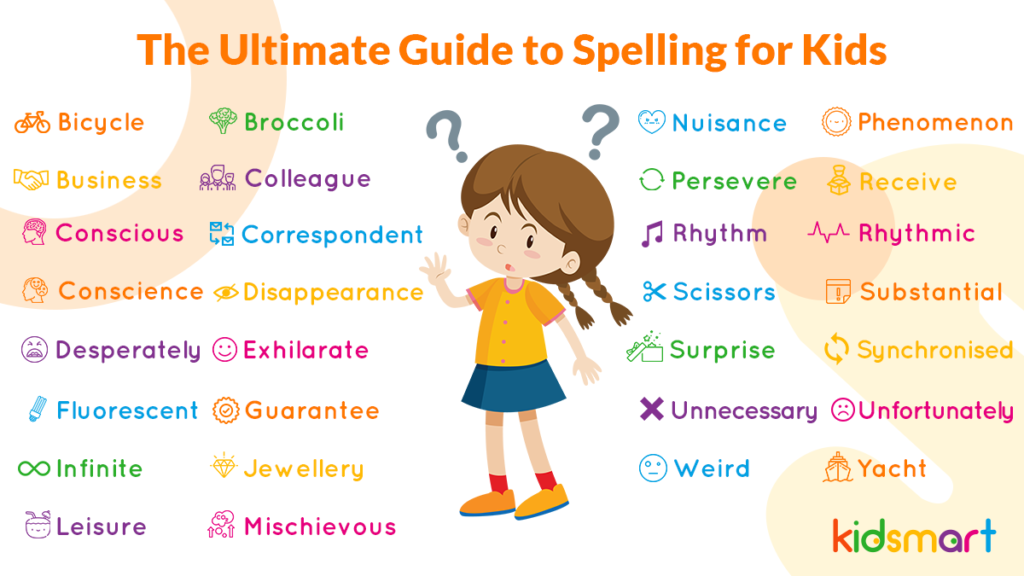 With effort, you can turn any handwriting into an elegant one, and every person can do it. How to learn this? Read the advice of teachers on how to teach a child to write beautifully:
With effort, you can turn any handwriting into an elegant one, and every person can do it. How to learn this? Read the advice of teachers on how to teach a child to write beautifully:
-
Draw letters
For an adult, a letter is a sign that represents a sound. For children, this is just a picture in the form of some kind of squiggle, the sun, a month, a ladder, a house, a little man. To get acquainted with letters, experts recommend drawing pictures in early childhood that a child associates with a certain element of the alphabet. -
Develop motor skills
It is impossible to write beautifully and accurately without well-developed fine motor skills. It is useful for children to engage in such entertaining and educational activities as drawing and coloring with pencils, modeling from plasticine, mosaics, designing from small parts, working with scissors, origami, sorting out cereals. Such regular tasks will prepare the muscles of the hand for school work and will contribute to the development of beautiful handwriting.
-
Constant training
Impeccable calligraphy is possible only with regular and systematic lessons. To do this, the prescription is in a hurry to help. For additional classes, you can buy copybooks that are used at school, or you can choose others - in the form of funny animals and funny pictures. It is useful for preschoolers and first graders to hatch, stroke and draw by cells. To practice calligraphic handwriting, children in grades 2-4 are recommended to perform cheating exercises. Take any text from a textbook or book and ask the child to carefully copy it into a notebook.
Calligraphy for children: why is it important?
Not all adults understand why having a beautiful handwriting, especially when actively using gadgets and digital technologies. This category of parents does not try to develop calligraphy skills in their children. However, there are weighty arguments why it is important to learn how to write beautifully:
- With a legible and neatly written text, there is no doubt that it will be correctly perceived by the addressee.

- Smooth and neat letters evoke pleasant emotions, such a text makes you want to read it.
- Having beautiful handwriting, you can sign a greeting card without hesitation.
- A child who makes efforts and strives to improve his handwriting grows up disciplined.
- Calligraphy helps to organize thoughts and calm down.
- Beautiful handwriting develops love for beauty.
- While writing letters, thinking actively develops.
Careless writing inevitably leads to typos and errors, which affects academic performance not only in the Russian language, but also in other school disciplines. Even a mathematically gifted student with poor, sloppy handwriting will make miscalculations and typos.
Causes of handwriting problems in children
Poor handwriting is not always caused by a child's unwillingness to write beautifully. Other reasons may be “guilty” here:
-
Uncomfortable workplace
Pay attention to the chair and table at which the baby is engaged. It is important to adjust the height of the furniture to match the age and height. To write a line, the child should not reach up or, conversely, bend over strongly. This will lead not only to ugly handwriting, but also to problems with the spine. Furniture should not creak and stagger, because it is distracting and annoying. Also, there should be order in the workplace during the exercises - no toys and distracting objects. Make sure that for right-handers, the light falls on the left, and for left-handers, on the right. In the evening, when there is not enough daylight, in addition to the table lamp, the overhead light should also be turned on.
It is important to adjust the height of the furniture to match the age and height. To write a line, the child should not reach up or, conversely, bend over strongly. This will lead not only to ugly handwriting, but also to problems with the spine. Furniture should not creak and stagger, because it is distracting and annoying. Also, there should be order in the workplace during the exercises - no toys and distracting objects. Make sure that for right-handers, the light falls on the left, and for left-handers, on the right. In the evening, when there is not enough daylight, in addition to the table lamp, the overhead light should also be turned on. -
Incorrect position of the notebook
Often children write ugly just because the notebook is not on the table correctly. It is important that the middle of the worksheet is located slightly to the right of the middle of the child's chest. The lower left corner of the sheet should be slightly lowered, and the upper right corner should be raised.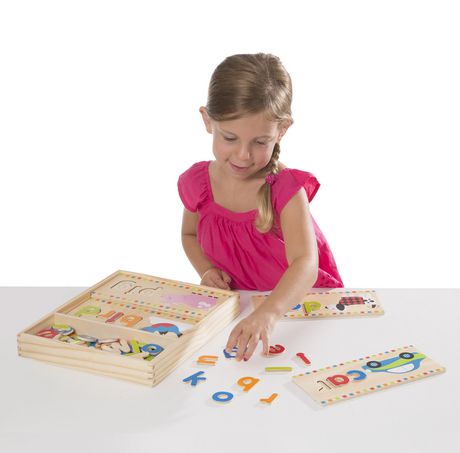
-
Weak back
In order for a child to write beautifully, he must have a sufficiently strong back. Many do not understand how the physical condition of the child's body can be associated with handwriting. A straight back, a strong shoulder girdle, a straight posture are prerequisites for accurate writing. -
Stationery
In childhood, it is important that writing instruments are not only correct, but also attractive and desirable. Teachers recommend buying notebooks, pens and pencils, choosing them with your child.
Do developmental exercises from Aikyusha
Writing disorders: types of dysgraphia
Writing disorders among children of preschool and early school age is a common phenomenon, which is denoted by the term "dysgraphia". According to statistics, this problem is observed from 5% to 20% of primary school students. Moreover, among boys, the disorder occurs 4 times more often than among girls.
Dysgraphia is a long-term inability to master the skills of correct writing. It is important that there are no intellectual and mental disorders. Dysgraphia has different degrees of manifestation. Sometimes a child cannot master the writing of a certain element of a letter, but there are also cases when difficulties arise with reproducing a whole letter on paper.
Depending on the complexity of the problem, acoustic, motor and optical dysgraphia are distinguished.
Acoustic dysgraphia is manifested by the inability of the child to distinguish between individual sounds, especially those that are similar in sound. Such a violation results in the inability to express these sounds using letters.
Motor dysgraphia is caused by incorrect hand movement while writing. The disturbance is associated with visual and auditory perception of sounds.
Optical dysgraphia - the inability to correlate the visual perception of a letter with its writing.
Children's handwriting - correction methods
Parents often ask teachers how to correct a child's handwriting. You will need our tips to solve this problem:
You will need our tips to solve this problem:
-
Take a pencil
When working on the formation of calligraphic handwriting, use a simple pencil to correct possible errors. -
Keep the lines
Teach your child to stay within the lines. If the letters are too large or there is no difference between lowercase and small letters, use a notebook with large cells. The child needs to be explained that we “hide” the lowercase letter in the house, because the rest should be 2 times smaller. -
Writing the alphabet
Several times a week, have your child write the alphabet from beginning to end in uppercase and lowercase letters. Then ask them to write the letters in pairs with different connections.
The more a child is engaged in calligraphy, the more this skill is strengthened and improved. For the perfect writing of letters, constant and frequent practice is important, which contributes to beautiful handwriting.
Writing posture
During the exercises, it is important to sit with a straight back and hands placed on the edge of the table. Legs should be bent at the knees at an angle of 90 degrees, and the feet should be on the floor or on a special stand. The distance from the corner of the eyes to the notebook is about 30 cm. If you fall apart in a chair or bend over the notebook, you will not be able to write letters beautifully.
Teach your child to hold a pen correctly
From the first moment a child picks up a pen, it is important that he does it correctly. How to hold a pen correctly? It should lie on the middle finger, be held by the pad of the thumb and be covered from above by the index finger. The little finger and index finger, when writing, serve as a support for the hand and sliding on paper.
In most cases, almost all schoolchildren hold a pen incorrectly. It is not difficult to wean from this, for this use the following tricks:
-
"Tweezers"
With the help of this exercise, the child will understand how to hold the pen correctly for comfortable writing. The essence of the method is simple: the baby must grab the writing instrument with three fingers at the very top - thumb, index and middle. And then gradually lower your fingers lower and lower until the handle itself takes the desired position.
The essence of the method is simple: the baby must grab the writing instrument with three fingers at the very top - thumb, index and middle. And then gradually lower your fingers lower and lower until the handle itself takes the desired position. -
"Checkpoint"
Another effective way to quickly learn how to hold the pen correctly. Before you start writing tasks, draw a bright dot on the child’s middle finger. It will serve as a support for the handle. Then, using a sticker or tape, make the same mark on the handle. This will be the level below which the fingers should not fall. -
“Napkin”
Give your child a tissue that he can hold with his little finger and ring finger, pressing it firmly against the palm of his hand. Explain that these two fingers are busy, therefore they cannot take part in the letter. Thus, only faithful fingers remain free.
What should be the pen
When choosing writing instruments, pay attention to the physiological characteristics of the child's hand.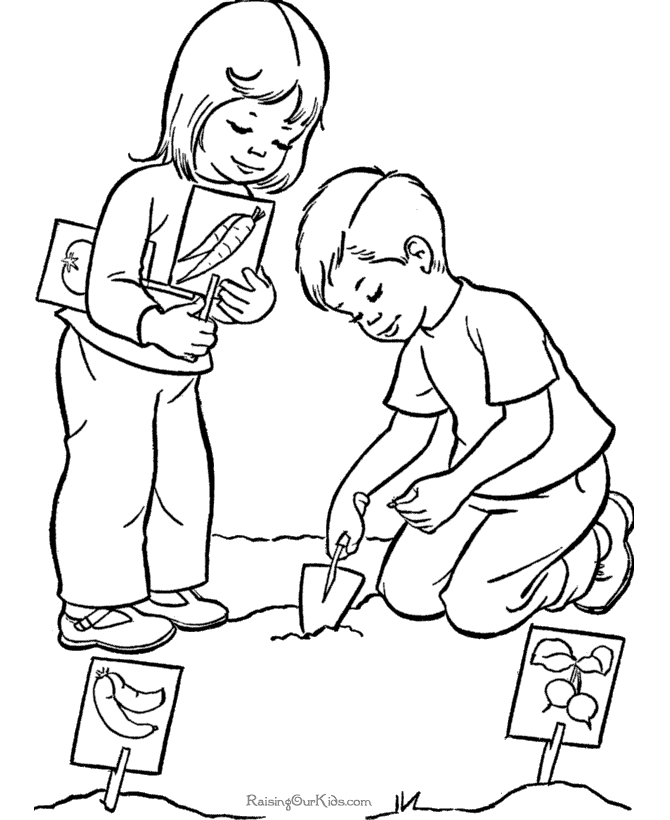 The subject for writing should not be too thick, thin or heavy.
The subject for writing should not be too thick, thin or heavy.
Gel and ballpoint pens. For preschoolers and younger students, the second option is suitable. The accuracy and beauty of writing depends on the quality and composition of the ink. A gel pen should be able to write neatly, avoiding blots and streaks. Therefore, it is not suitable for children of primary school age. In addition, such pens can abruptly stop writing and begin to scratch the sheet of paper.
When choosing a ballpoint pen, it is also important to know some rules and features. The rod should be thin, so it will leave a neat, clear mark. Before buying a pen, you must definitely check it in action by drawing several strips on paper. If the object is completely made of metal or plastic, this is not the best option - children's fingers will slide on such material. It is desirable that the place where the fingers are located has a rubber pad. The optimal length of the product is 15 cm.
Develop fine motor skills
Poor or insufficiently developed motor skills are the main cause of ugly and sloppy handwriting. In children who do not develop this ability, a lot of unnecessary broken and curved lines form in the letter, the letters “jump” on the lines, their proportions are violated.
In children who do not develop this ability, a lot of unnecessary broken and curved lines form in the letter, the letters “jump” on the lines, their proportions are violated.
The development of fine motor skills will help increase the mobility of fingers and hands, improve coordination of movements, which are important when writing. You can do this with the following exercises:
-
Finger exercises
Act out short stories or fairy tales with your fingers. It is best to choose rhyming pieces because they are easier to remember. During such exercises, the child must memorize not only rhymes, but also the sequence of movements and the position of the fingers. In finger gymnastics, all fingers of both hands are involved, while their compression alternates with relaxation. -
Finger Twister
This board game is a must have for all children whose parents want them to have beautiful handwriting. You can buy it at any children's store or make your own playing field out of cardboard by drawing colored circles on it and attaching a spinning arrow. You will also need dice to play. The essence of the game is to put your fingers on the playing field as it fell out in roulette. The winner is the one who can correctly place and hold the fingers of both hands in this position.
You will also need dice to play. The essence of the game is to put your fingers on the playing field as it fell out in roulette. The winner is the one who can correctly place and hold the fingers of both hands in this position. -
Shadow theater
This exciting game is an effective way to develop precise and coordinated finger and hand movements. Also, shadow theater improves concentration and perseverance. For the lesson, you only need a floor lamp or a table lamp, and the game itself can be played in the evening. Place the lighting fixtures so that the shadow falls on the wall. Sit with the child at a distance of 3-4 meters from the wall so that the shadows are the right size. With the help of fingers and hands, you can show both individual animals and entire scenarios of fascinating stories. The most popular stories among children of preschool and early school age are the birth and flight of a butterfly, a barking dog, a swan or a goose.
Spatial thinking
At the beginning of learning to write, many children encounter a violation of letter spacing, mirror spelling of letters, confuse visually similar elements, write too broadly or too narrowly. Such violations indicate that the child has poorly developed visual-spatial thinking. In this case, the child's brain incorrectly perceives the position, shape and size of both written characters and all objects in general.
Such violations indicate that the child has poorly developed visual-spatial thinking. In this case, the child's brain incorrectly perceives the position, shape and size of both written characters and all objects in general.
To form beautiful handwriting, do the following exercises:
-
"Mirror"
This task will help you better navigate in space and have good control over your body. Ask the child to look at himself in the mirror, and then run his hand over his face from nose to mouth and back again. At the next stage of the exercise, you need to repeat the movements without a mirror, and then with your eyes closed. -
Graphic dictation
Drawing in checkered notebooks, which is done under dictation. The adult says how many steps (cells) the child needs to move with a pen in a notebook. The result should be a finished drawing. Graphic dictation helps to navigate in the space of a notebook, and also contributes to the development of visual-spatial thinking. For younger children, coloring pages and mazes are also helpful.
For younger children, coloring pages and mazes are also helpful. -
Treasure Hunt
The goal of the game is to find a hidden object. You give hints on where and how to move in space - to reach the window, bend down, turn around, go forward. An alternative to this developmental activity is also the game "Cold-hot". -
Hatching
Hatching finished contour drawings is one of the favorite activities of preschool and primary school children. You can hatch a drawing with different lines and in any direction - horizontally, vertically, diagonally, wavy and even broken. Hatching contributes to the development of patience, perseverance, accuracy and correct spatial perception.
Forming graphic skills in children
Drawing lessons also help to consolidate graphic skills. During drawing, the development of the left and right hemispheres of the brain, concrete-figurative and abstract-logical thinking takes place.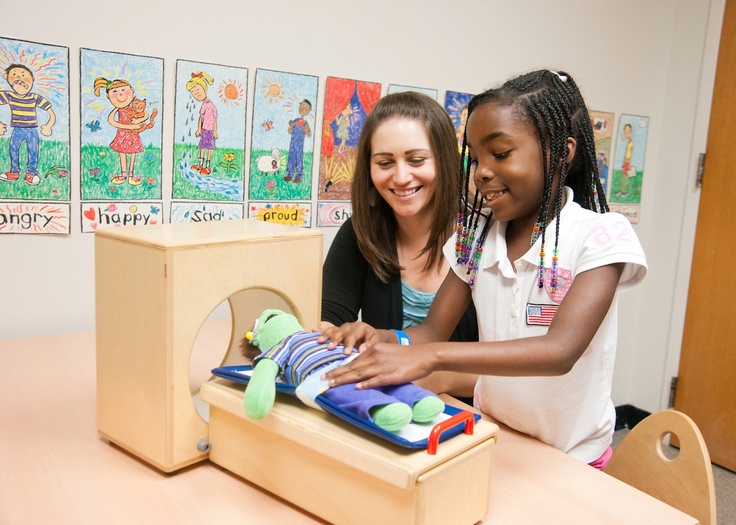 Also, this lesson is useful because:
Also, this lesson is useful because:
-
trains coordination of movements;
-
builds a connection between thinking and speech;
-
organizes a large amount of acquired knowledge;
-
reinforces new information.
The development of graphic skills contributes to the formation of beautiful handwriting, if the following rules are observed:
- Classes are held regularly and systematically.
- Graphic materials are used in the lessons.
- Children perform tasks step by step, that is, drawing should not be arbitrary.
- Classes should be held in a room with a favorable environment and a creative atmosphere.
In order for children to graphically depict an object, they must have an idea about it. The teacher or parent is faced with the task of drawing children's attention to the main properties of the object that are important in their depiction on paper.
Secrets of beautiful handwriting
The following life hacks will help you learn to write beautifully:
-
correct posture;
-
the correct position of the notebook on the desk.
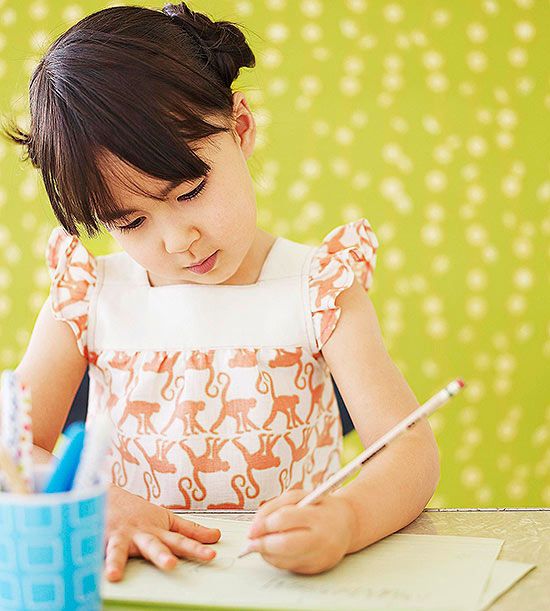
-
a role model - for example, copybooks in which letters are already written;
-
no rush. Do not rush the child, everyone has a different temperament: someone writes faster, someone slower. When you get good at writing letters, you can speed up a little.
-
concentration - during classes it is important not to be distracted by foreign objects.
Writing skills training
Start developing writing skills only when the child's hand is ready for it. The readiness of the hand for writing can be independently assessed using a simple test. Offer to shade the shape or contour image of the object. If the strokes are even, parallel, spaced at the same distance from each other, do not go much beyond the contours of the image, then you can start learning calligraphy.
Start training by drawing ordinary sticks, dots, hooks, curls. Give your child the opportunity to draw them on a piece of paper the way he wants.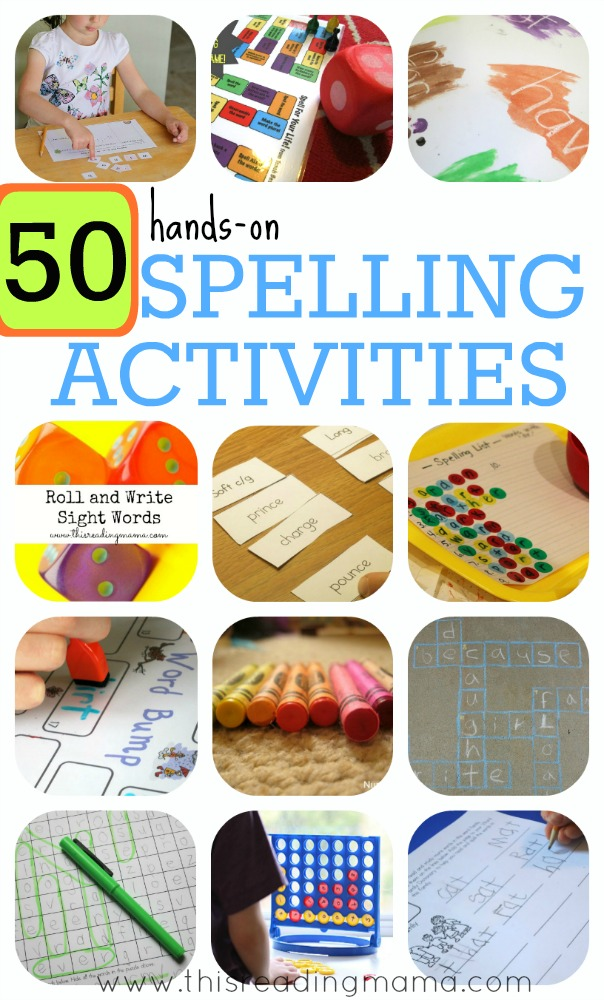 When the child copes with this task, proceed to work in copybooks.
When the child copes with this task, proceed to work in copybooks.
Calligraphy exercises
At the age of 5-6 you can already start mastering printed letters. It is important here to show in what sequence all elements are written and what proportions should be between them. Start with the simplest - the letters "o", "s", "a", "l", and then move on to more complex ones. To consolidate the skill, you can ask the child to write his name every time at the end of the lesson.
There is one important rule in calligraphy - do not use your wrists when writing. Lowercase letters need to be written by lifting only the fingers from the sheet of paper, and to create curls and capital letters, we use the elbow and shoulder.
Recommendations to parents on the formation of beautiful handwriting in a child
Not all classes on the formation of beautiful handwriting bring benefits to children and have a positive effect. To achieve your goals, it is important to follow the rules on how to teach a child to write beautifully, accurately and quickly:
- It is better to practice 20-30 minutes a day every day than several hours every 2-3 days.
 If the lesson lasts 30-45 minutes, be sure to take a 5-minute break.
If the lesson lasts 30-45 minutes, be sure to take a 5-minute break. - If your child is busy at school, alternate homework with handwriting exercises.
- When checking completed assignments, focus on your child's successes, not his failures. Children should definitely be enough, encouraging them to acquire new knowledge and improve already acquired skills. Praise should be reasoned: it is important to indicate what exactly the child did correctly so that he himself sees and understands it.
- Study according to proven educational aids - V.A. Ilyukhina, V. G. Goretsky or use special notebooks for calligraphy.
- Classes should be held in a calm environment, without shouting or harsh remarks. Learning should inspire joy and inspiration, not fear. It is important to understand that the child will not succeed immediately, so be patient, understanding and gentle.
Please note that before school the child must have the following writing skills:
-
to navigate the lines and cells well, not to get lost in them;
-
draw straight, oblique and curved lines;
-
draw lines in directions - from top to bottom, from left to right;
-
connect opposite corners of the cage;
-
perform graphic dictations.

With these basic skills, the child will be able to quickly adapt to the learning process and apply new knowledge and skills in a quality manner. Cursive writing will allow the child to easily learn the school curriculum, keeping up with classmates. What else should a future first grader know? About this in our article What a child should know before school.
Aikyusha and the team
Dysgraphia and dyslexia: how to help children at school and at home
Children are increasingly faced with a variety of speech disorders. And the point here is not laziness or the child's abilities. But then what? And how to help? Tatyana Ivanova, speech therapist, senior lecturer at the Department of Special (Correctional) Pedagogy, St. Petersburg Academy of Postgraduate Education, tells.
Studies show that every second child at preschool age and primary school has problems in mastering their native language, speech and writing.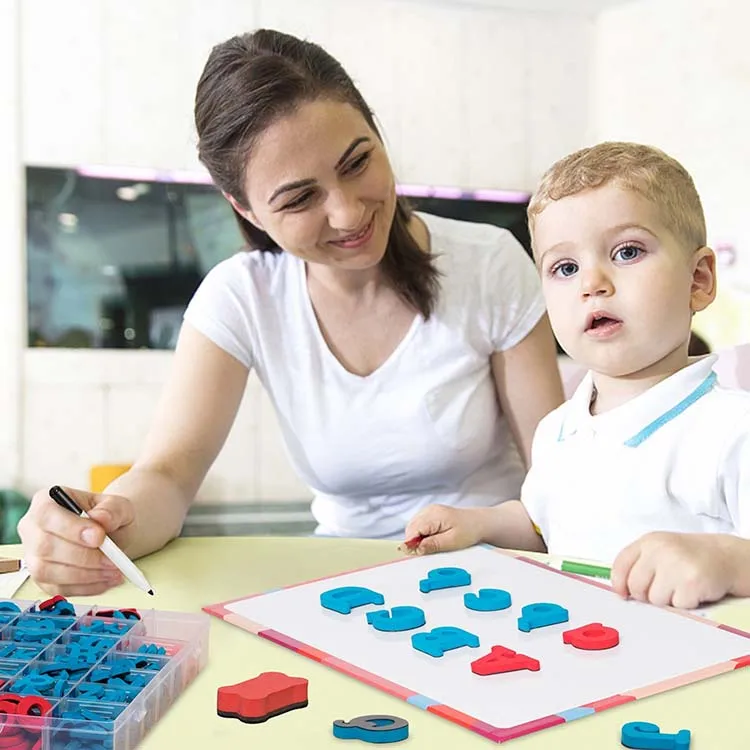 There are several classifications of speech disorders. We are considering clinical and pedagogical. There are two groups in it: these are violations of written speech and oral. In the second category, there are many subtypes of problems related to speaking. But for primary school students, violations of written speech are more relevant: dysgraphia and dyslexia.
There are several classifications of speech disorders. We are considering clinical and pedagogical. There are two groups in it: these are violations of written speech and oral. In the second category, there are many subtypes of problems related to speaking. But for primary school students, violations of written speech are more relevant: dysgraphia and dyslexia.
- Dysgraphia is a writing disorder where the child consistently makes mistakes. Distorts syllables, replaces letters. For example, he writes "yba" instead of "fish". If a child cannot master writing at all, this is called "agraphia".
- Dyslexia is a speech disorder in which reading suffers: the child incorrectly recognizes and reproduces letters. For example, it interchanges and reads "flower" instead of "flower". The meaning of the text is distorted. A complete inability to read is called alexia.
How to Diagnose Speech Disorders
Speech therapists are only allowed to give a diagnosis of dysgraphia or dyslexia after the first year of study. Because in the first grade, the child only learns to read and write, and we have no right to talk about persistent violations. But we can note difficulties in writing and reading letters, correlating a letter with a sound, in omissions, underwriting, violation of agreement, incorrect spelling of letters. And if they are repeated systematically, at the beginning of the second year, you can talk about real problems, not natural mistakes.
Because in the first grade, the child only learns to read and write, and we have no right to talk about persistent violations. But we can note difficulties in writing and reading letters, correlating a letter with a sound, in omissions, underwriting, violation of agreement, incorrect spelling of letters. And if they are repeated systematically, at the beginning of the second year, you can talk about real problems, not natural mistakes.
Alarm bells of dysgraphia:
- Missing letters, vowels, consonants when concatenated: instead of “porridge”, the child writes “ksh”, instead of “soft”, he can write “soft”.
- Missing words: instead of "soft" it will be "soft", and "yy" is omitted.
- Errors in matchings: when "ball is red" instead of "red".
- Letter substitutions: "m" is written instead of "l", and it turns out, for example, "mampa" and not "lamp". Often children confuse "b" and "d" in the uppercase version, and it turns out "deal" and not "squirrel".

Dyslexia alarm bells:
- Rearrangement of letters in places or their omission: the same "soft" instead of "soft".
- Missing a word, missing syllables: e.g. "smoke" instead of "chicken", "moko" instead of "milk".
- Thinking of endings: the same “ball is red”, although in the text “ball is red”.
- Long attempts to remember a letter: it is very difficult for a child to correlate what is written with the sound that should be.
Another important point concerns the meaning: the child must understand what he has read. What the sentence says, who did what, what the described object was, and so on. Moreover, both the direct meaning and the cause-and-effect relationships are important: “Why did Masha burst into tears?” If this understanding is not present, we can say that the child may have a reading disorder as such in the initial stage.
What teachers should do
It will be difficult for a primary school teacher to work with a child with dyslexia or dysgraphia during a regular lesson in the classroom, because there are many children, there is a clear program and schedule of topics.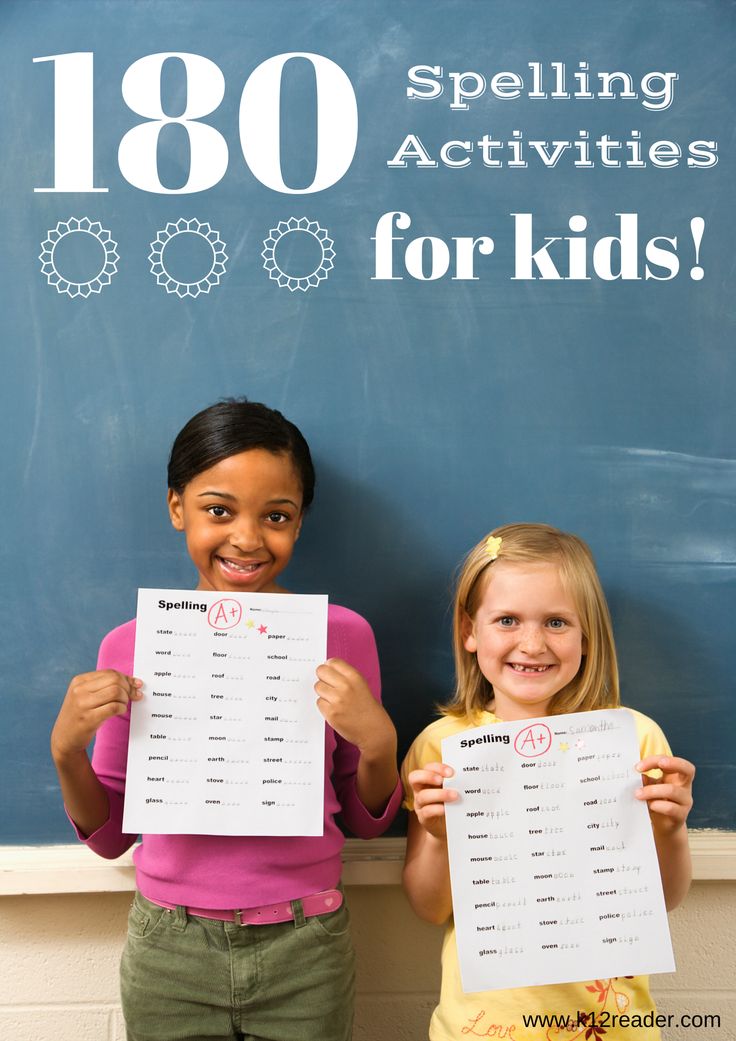 And for children with speech disorders, attention and time are important: they need a little longer, a little deeper work. And it is important for the teacher himself to understand: the problem is really in speech therapy errors or just in spelling, when the child has not mastered the rules.
And for children with speech disorders, attention and time are important: they need a little longer, a little deeper work. And it is important for the teacher himself to understand: the problem is really in speech therapy errors or just in spelling, when the child has not mastered the rules.
It is very important to determine at the pedagogical council at the school which mistakes are considered dysgraphic, so as not to reduce marks for them. It is worth approving the list of speech therapy errors by order of the director of the educational institution. Yes, we cannot give a child five if he has dysgraphic errors, but he should not be punished with a deuce either: the child is not to blame, and he needs help.
As part of the lesson, you can use some simple exercises to work with letters and words:
Playing with a ball
For example, make a five-minute game with a ball to practice the lexical and grammatical structure of speech: singular and plural. The teacher says “table”, throws the ball to the children, and they should say “tables”.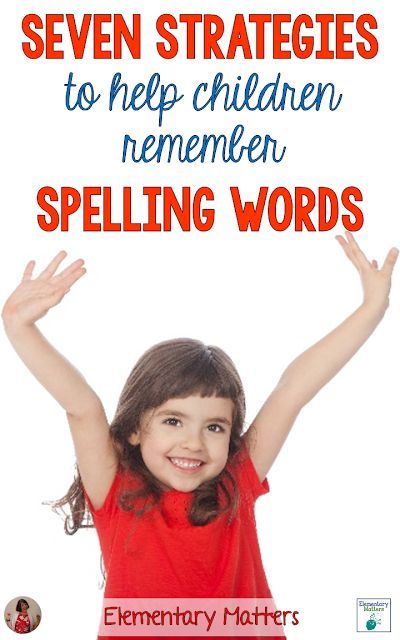 Similarly, numerals can be coordinated with nouns: the teacher says “one table”, the children say “two tables”. Or a more complicated option: “one desk” - “two desks”. And so at least count to five. Children understand that our words change, endings also change, and this must be taken into account when writing and reading.
Similarly, numerals can be coordinated with nouns: the teacher says “one table”, the children say “two tables”. Or a more complicated option: “one desk” - “two desks”. And so at least count to five. Children understand that our words change, endings also change, and this must be taken into account when writing and reading.
Looking for letters
I really like the exercise in which children need to find letters in absolutely any text of different formats, directions, colors. If these are vowels, for example “and”, then circle all the letters “and” in the text with a red pencil. To complicate things, we give two letters and two pencils. This way you can consolidate the understanding of the difference in letters similar in spelling, for example, “and” and “sh”. The sound "sh" is consonant and hard, so our pencil is blue. And the letter "and" we have a vowel and red.
Sculpt and lay out the letters
In order not to confuse one letter with another, one must have sufficiently developed attention and memory.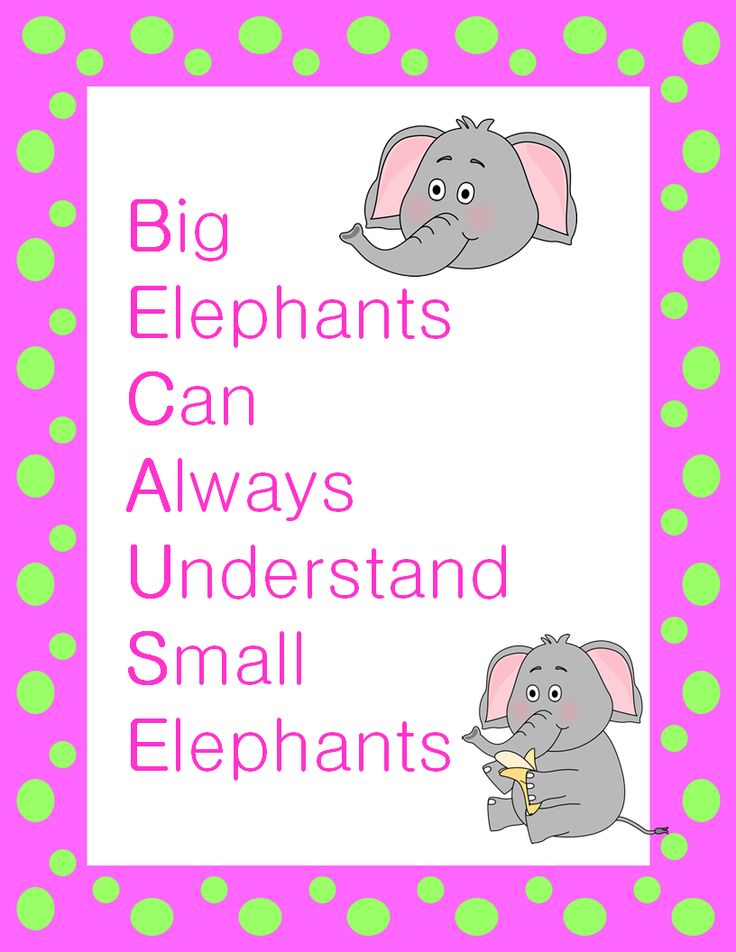 If these processes are imperfect in a child, then you need to connect different analyzers. We don’t just write letters with a pen, but at home we lay them out from counting sticks, write them, for example, on a piece of paper, then we can lay them out from a string. It turns out tasks in which you can show creativity and support the child's interest.
If these processes are imperfect in a child, then you need to connect different analyzers. We don’t just write letters with a pen, but at home we lay them out from counting sticks, write them, for example, on a piece of paper, then we can lay them out from a string. It turns out tasks in which you can show creativity and support the child's interest.
Looking for sounds
Exercises are also effective when a child needs to hear a word and say what the first sound is in the word. For example, I say “table” and ask: “What sound will be the first?”, “What letter will be the first?”. Then we take more complex options: for example, the word "pit". What will be the first sound? Yes, it's "y". And now the child should think about what letter he will write. Children get acquainted with vowels and should already correlate that in the word "pit" there are two sounds - "y" and "a", which should be written in one letter "ya".
To make it easier for the teacher to work with such children, you can take a free advanced training course “Adaptation of the educational program for children with disabilities and learning difficulties”.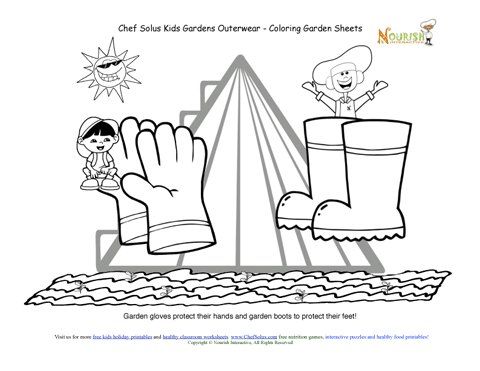 It is designed for 29 days - this is 72 hours of training and six modules. The course consists of video lectures and practical exercises that will help you figure out how to provide all children in the class with the right conditions, adapt the program to the specific characteristics of students, build an individual approach, and interact with parents. You can take the course at any time, access to the materials is not limited.
It is designed for 29 days - this is 72 hours of training and six modules. The course consists of video lectures and practical exercises that will help you figure out how to provide all children in the class with the right conditions, adapt the program to the specific characteristics of students, build an individual approach, and interact with parents. You can take the course at any time, access to the materials is not limited.
What to do for parents
It is important to do the exercises described above not only in the classroom, but also at home. A parent has much more opportunities to engage with their child, to focus on individual problems - for example, skipping syllables. But for this work to be effective, the teacher and parent must become partners. The teacher must convey to mom and dad not that the child is bad and is studying for deuces, but that he has certain problems that require attention.
What can a teacher offer? First of all, these are thematic parent meetings, where he should explain the material of the first or second grade. Talk about sound analysis and synthesis, for example. This is something that parents once studied themselves, but after many years they could forget. They need to be told what to do with the child.
Talk about sound analysis and synthesis, for example. This is something that parents once studied themselves, but after many years they could forget. They need to be told what to do with the child.
For parents whose children have already been diagnosed with speech impairments, the teacher can offer specific materials. For example, today there are many workbooks for dysgraphia correction on sale. You can practice different topics on them at home, and the teacher will check and control the process. This is important for the child, because he will receive an assessment of his activities: "What a great job you are, that you tried." Especially if it is a praise addressed to two people at once: "How well you and your mother worked out this material."
Equally valuable are various courses: for example, "Lessons for the Brain" - the development of cognitive abilities in children in grades 1-4. This is a set of exercises designed with a psychophysiologist and a neuropsychologist to improve memory, attention, creative and logical thinking, which are important for learning to read and write.







